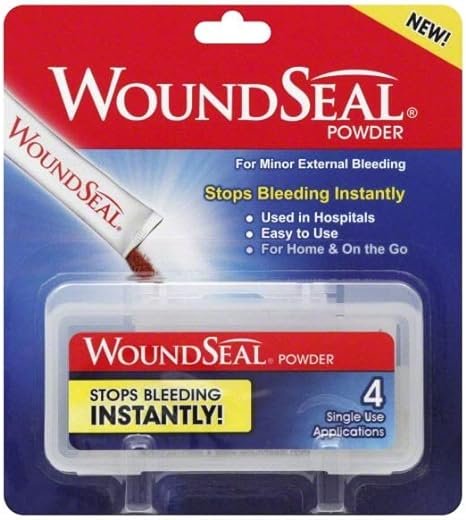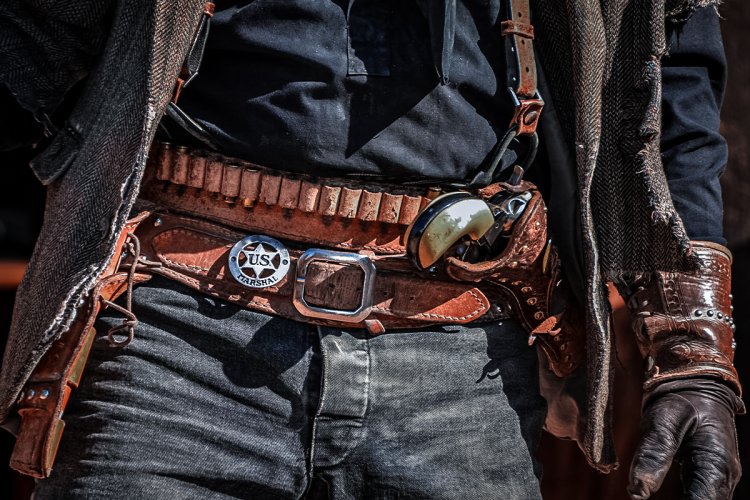Gulf of America
Well-known member
I would say drip, drip, drip is not a heavy enough bleed for a tourniquet. Do you get squeamish at the sight of cuts/blood? It's possible the light-headedness or passing out was more of a nervous reaction than blood loss - it's like 15 to 30% of total blood volume lost before you start to have physiologic symptoms, so like a liter.Well I've learned that my wife and I are too quick going to the tourniquet from this thread. Once we have applied a tourniquet and it sounds like it wasn't necessary based on these posts but it was awhile ago and we honestly didn't know much better. I still don't feel like it hurt though. The first one we were in SE AK and right at the end of processing a blacktail, my knife slipped while cutting out the tenderloin and I hit my wrist really good. It was losing a lot of blood, at a rate of about as fast as you can say "drip...drip...drip". My wife says I never passed out but I don't remember much from it as I was dizzy and lightheaded. My recall of the event the next morning was that I did indeed pass out. She told me that she had put gauze on the wound and wrapped it tight and the blood kept coming through the bandage so she took a rope and used a stick with it to crank it as tight as she could located on my forearm. The bleeding stopped, she addressed the wound again and able to get some anti clot stuff in the wound better since there was no more blood and then later removed her homemade tourniquet and verified the bleeding didn't resume which it didn't. She applied some sutures the next morning to close up the wound that was about 3/4" long.
I've been a ski patroller for 7 years and our guidance has changed from being very cautious about when to apply a tourniquet to a more encouraging stance. However, like others have said, it's only considered after pressure and bandaging have failed unless it's spraying arterial bleed or amputation. And once it's on, we don't take if off under any circumstances. We're also only an hour from a hospital where a patient can be evaluated and the tourniquet removed if it's unnecessary. Like you've said, self evacuation becomes way harder once it's applied, but if the wound is serious enough to require a tourniquet, self evacuation was probably always going to be pretty much impossible.
I would also probably avoid practicing the tourniquet to full tightness... I don't know specific guidance against it, but I just feel like practicing to full tightness could cause some muscle or blood vessel damage.
Edit to add: never remove bandaging that's soaking with blood as that will break any clotting. Apply more bandage and pressure over top. Doesn't hurt to use a wrap to apply direct pressure, as long as you aren't losing perfusion/sensation downstream (check CMS).






